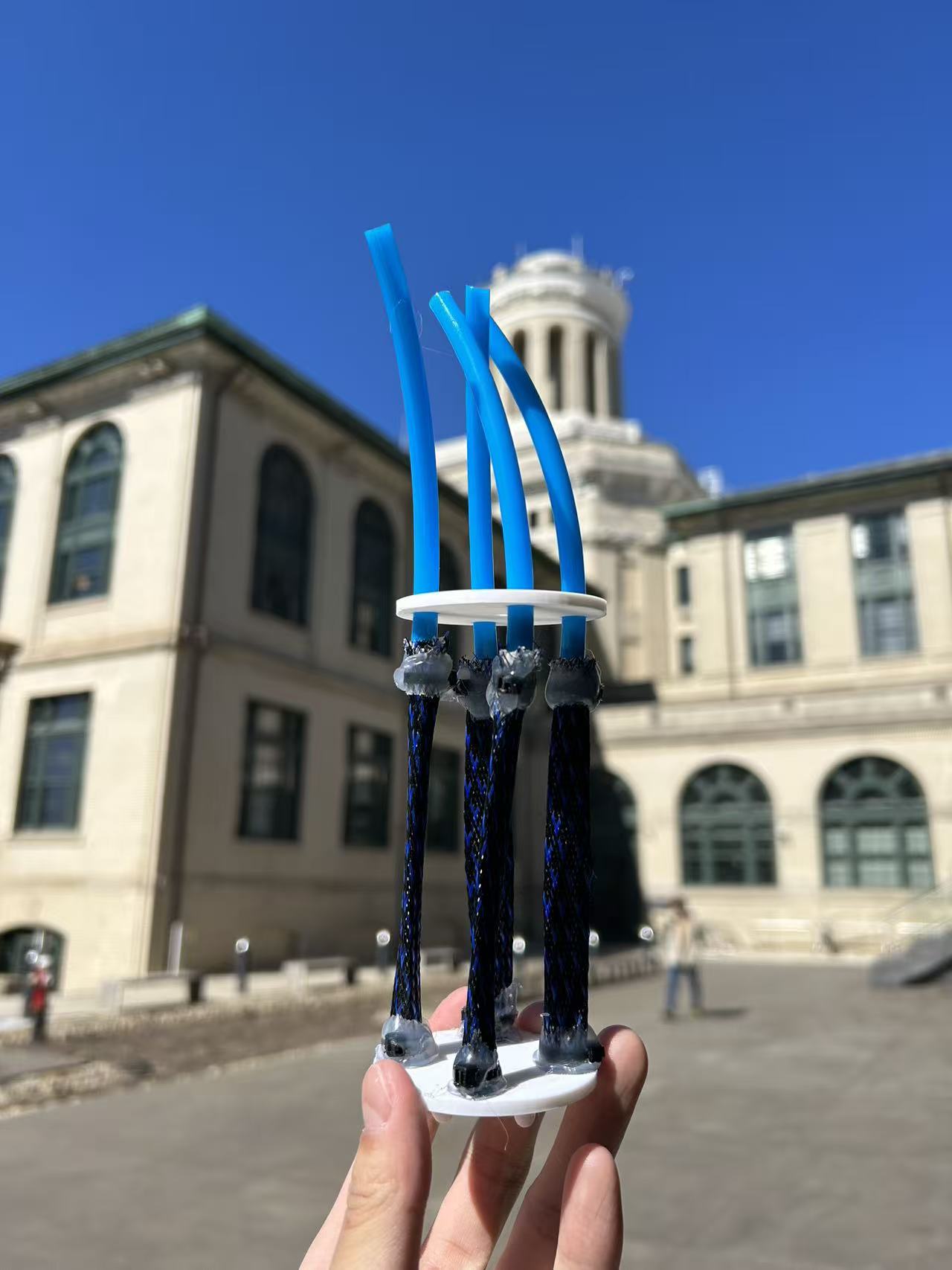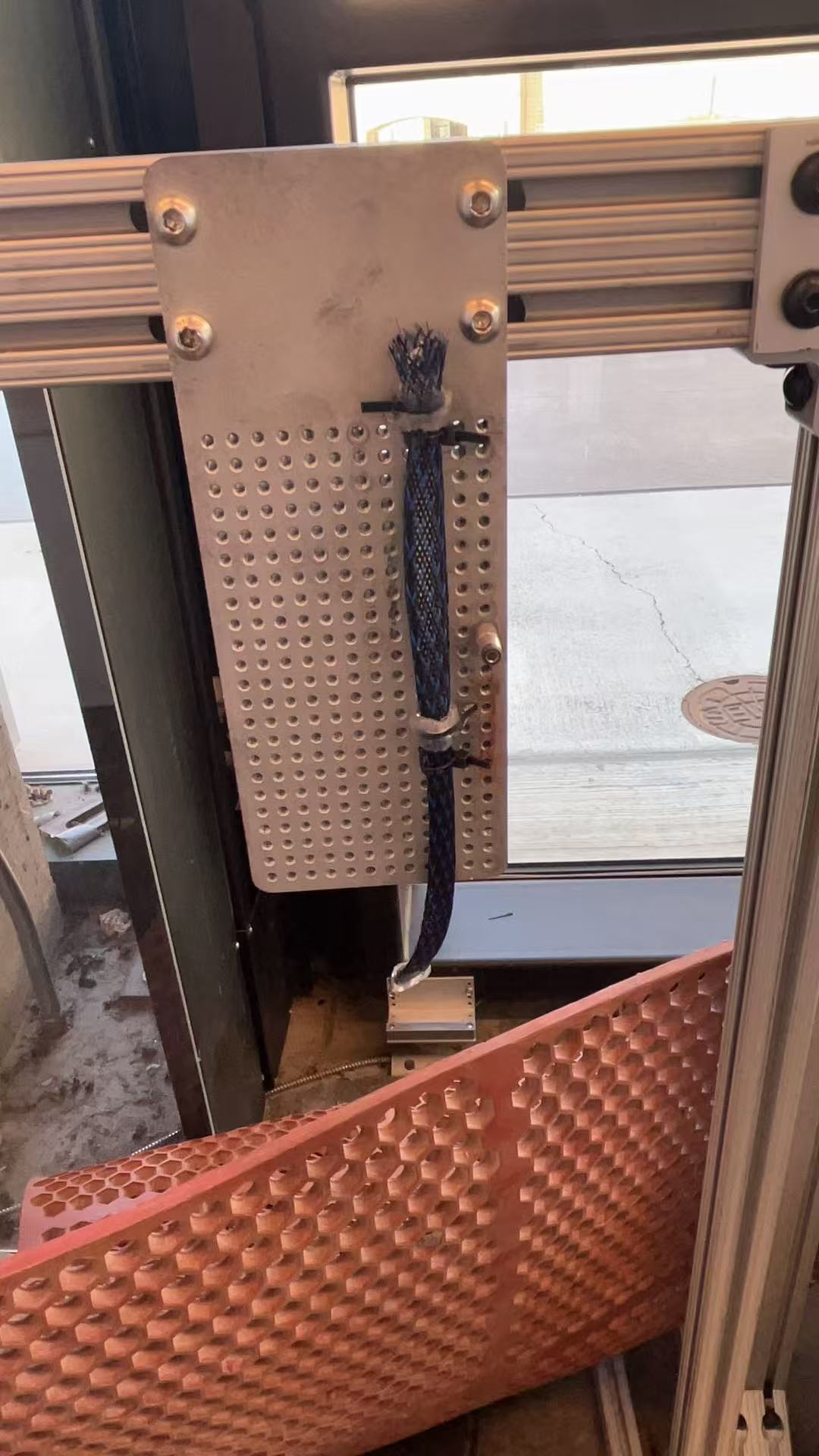Pneumatic Artificial Muscle-based Flexible Suspension
Mechatronics & Vibration Control Design
Role: Modeling & Controller Design • Tools: MATLAB, Embedded Controller, Sensors & Actuators


Introduction / Objective
Conventional passive suspensions offer limited adaptability to different road conditions, payloads, or comfort requirements. This project explored a flexible suspension concept using pneumatic artificial muscles (PAMs) as tunable, compliant actuators. The goal was to reduce transmitted vibration and improve ride comfort while demonstrating how smart actuation can shape the dynamic behavior of a small-scale suspension system.
System Modeling & Design
- Developed a quarter-car model with PAM elements replacing or augmenting the traditional spring–damper pair.
- Performed system identification experiments to estimate PAM stiffness characteristics as a function of internal pressure and displacement.
- Designed a feedback controller that adjusted chamber pressure based on measured acceleration and displacement, targeting reduced transmissibility in the frequency range of interest.
- Implemented the control law on an embedded controller interfaced with pressure regulators and sensors in real time.
Experimental Results
The prototype suspension was tested on a bench-top rig under sinusoidal and step-like excitation profiles. Compared to a baseline passive configuration, the PAM-based system showed a noticeable reduction in peak acceleration transmitted to the “body” mass.
By changing PAM pressure set-points, the effective stiffness of the suspension could be tuned, demonstrating a trade-off between comfort and support. Frequency-response plots showed a shift in resonance behavior consistent with the identified parameters.
My Contribution
- Led the development of the dynamic model and identification of PAM parameters.
- Designed and tuned the feedback controller, including filtering strategies for sensor signals and actuator command limits.
- Implemented the embedded control code and coordinated data collection for experiments.
- Produced plots of time responses and frequency responses to communicate performance improvements and limitations.
Artifacts
- Experimental setup photos or CAD renderings of the suspension rig.
- MATLAB scripts for modeling, identification, and controller simulation.
- Final lab report summarizing the design, experiments, and conclusions.